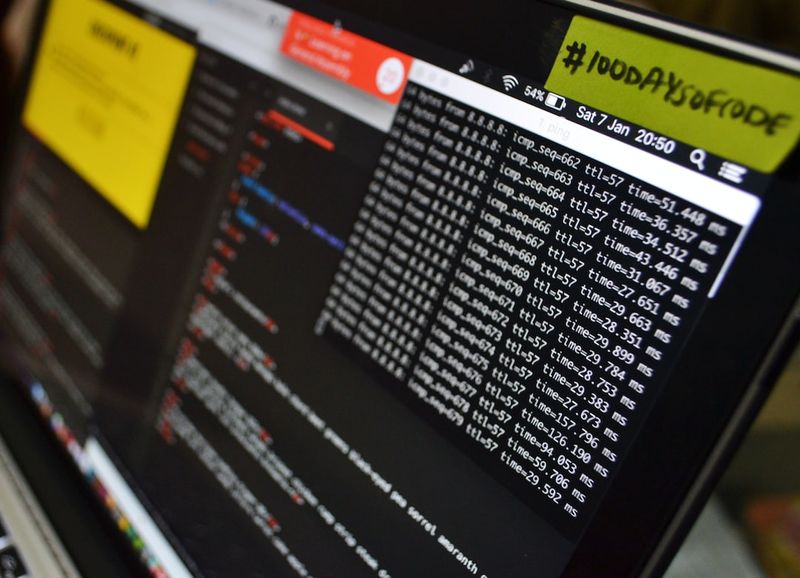The Escalation of Cryptocurrency Attacks: A Growing Threat to Financial Security
Cryptocurrency has long been an attractive target for attackers seeking to exploit the digital gold rush. In the recently released 2023 Data Breach Investigations Report (DBIR) by Verizon, it was revealed that attacks specifically targeting cryptocurrency data surged by 300% in 2022, with 48 incidents reported compared to 12 the year before. While the report suggests that the trend may evolve this year due to changing circumstances, the data underscores the urgent need for enhanced security measures to protect the ever-growing number of crypto investors.
Methods and Vulnerabilities Exploited
Verizon’s DBIR revealed that roughly half of the attacks submitted to their dataset used an exploit, over 40% utilized stolen credentials, and about a quarter incorporated phishing attacks. Although over 10% of attacks used email as a vector, the majority compromised the user’s account through web applications or application programming interfaces (APIs).
The Role of Exploits and Stolen Credentials
Exploits, which take advantage of vulnerabilities in software systems, continue to be a significant risk for the cryptocurrency ecosystem. Vulnerabilities present in exchanges, trading apps, and related websites offer cybercriminals opportunities to gain unlawful access to user information and funds. Additionally, stolen credentials are frequently employed, highlighting the importance of robust security practices and the adoption of multi-factor authentication to mitigate the risk of unauthorized access.
The Pervasive Threat of Phishing Attacks
Phishing attacks, a tried-and-true method employed by cybercriminals, remain a persistent threat in the cryptocurrency realm. These attacks involve deceiving users into disclosing sensitive information, such as login credentials or private keys, by impersonating trusted entities. Enhanced user awareness and education are crucial in combating phishing attacks. Additionally, industry stakeholders should continue to invest in technologies that detect and prevent such fraudulent schemes.
Changing Dynamics in Cryptocurrency Cybercrime
Over the past decade, cryptocurrency has become an integral part of the cybercriminal ecosystem. Its potential for quick and substantial financial gains has attracted both speculative investors and scammers seeking to exploit this enthusiasm. Kurt Baumgartner, a principal security researcher with Kaspersky, explains, “Cryptocurrency enables cybercrime in multiple ways.” Cybercriminals have targeted cryptocurrency exchanges, trojanized trading apps, and compromised websites for command and control purposes. Additionally, cryptocurrency serves as a preferred method for ransomware payments and money laundering.
The Growth of Cryptocurrency-Related Phishing Attacks
Kaspersky’s research reveals a concerning surge in cryptocurrency-related phishing attacks. In 2022 alone, the number of attacks targeting Kaspersky customers grew by 40%, reaching a staggering 5.0 million compared to 3.6 million the previous year. These attacks aim to deceive unwitting users into revealing their private keys or login credentials, allowing cybercriminals to gain unauthorized access to their cryptocurrency holdings. One particularly damaging campaign involved the use of a trojanized Tor browser, resulting in the theft of over $400,000 from more than 15,000 users in 52 countries.
Advancements in Malicious Technologies and Techniques
Cybercriminals are evolving their tactics to exploit the popularity and immense value of cryptocurrency assets. Innovative malware strains, such as DoubleFinger and GreetingGhoul, are significant concerns in the space. DoubleFinger, coupled with GreetingGhoul, replaces the login window of common cryptocurrency wallets with a duplicate that collects sensitive information. These advancements underscore the urgent need for individuals and organizations to bolster their cybersecurity defenses.
Editorial: Safeguarding the Future of Cryptocurrency
The escalating threat landscape surrounding cryptocurrency necessitates proactive measures to ensure the security and integrity of this groundbreaking financial innovation. While the potential risks should not deter individuals from embracing cryptocurrencies, they must be approached with caution and a commitment to robust cybersecurity practices.
Educating and Empowering Users
Cryptocurrency holders should prioritize education and stay informed about the latest security best practices. This includes understanding the risks associated with phishing attacks, employing strong, unique passwords, utilizing multi-factor authentication, and regularly updating software and wallets. Furthermore, individuals should exercise caution when clicking on links or downloading files, as malware-driven exploits remain a prominent threat.
Industry Collaboration and Improved Regulations
The cryptocurrency industry must prioritize collaboration between stakeholders, including exchanges, wallet providers, and regulatory bodies. Sharing threat intelligence and exchanging best practices can help fortify defenses across the ecosystem. Furthermore, emerging regulations should address the unique cybersecurity challenges posed by cryptocurrencies, ensuring that adequate security measures are implemented and enforced.
Investment in Enhanced Security Technologies
To stay ahead of cybercriminals, industry participants and technology providers need to invest heavily in cutting-edge security technologies. This includes advanced threat detection systems, artificial intelligence-driven anomaly detection, and behavior analytics to identify and mitigate potential attacks efficiently. Additionally, regular security audits and assessments are crucial to identify vulnerabilities and apply appropriate patches and updates.
Conclusion
The surge in cryptocurrency-related attacks underscores the urgent need for individuals, organizations, and the cryptocurrency industry as a whole to address cybersecurity vulnerabilities head-on. By adopting a proactive and collaborative approach, implementing robust security measures, and staying vigilant, we can safeguard the future of cryptocurrency and build a resilient ecosystem that will prosper in the face of evolving threats.

<< photo by PhotoMIX Company >>
The image is for illustrative purposes only and does not depict the actual situation.
You might want to read !
- Unmasking the Kremlin’s Cyber Threat: Microsoft Reveals a New Russian Military Intelligence Hacking Group
- The Growing Threat of Bulletproof Hosting Services: Romanian Operator Sentenced to Prison in US
- Inside the CL0P ransomware attacks: Key technical details revealed by US cyber officials
- In the Crosshairs: FCC Task Force Tackles Data Breaches and SIM-Swaps
- Microsoft’s Bug-Fixing Efforts: Addressing Vulnerabilities but Leaving No Zero-Days Behind
- China’s Cyber Espionage: Exploiting a VMware Zero-Day to Infiltrate Windows and Linux Systems
- Darkening Skies: Uncovering Microsoft’s Revelation of a Russian APT Behind Wiper Attacks
- Unraveling the Strategic Blueprint: Analyzing Russia’s Hybrid War in Ukraine
- ICS Patch Tuesday: Siemens Takes Action Against Numerous Third-Party Component Vulnerabilities in Security Update




